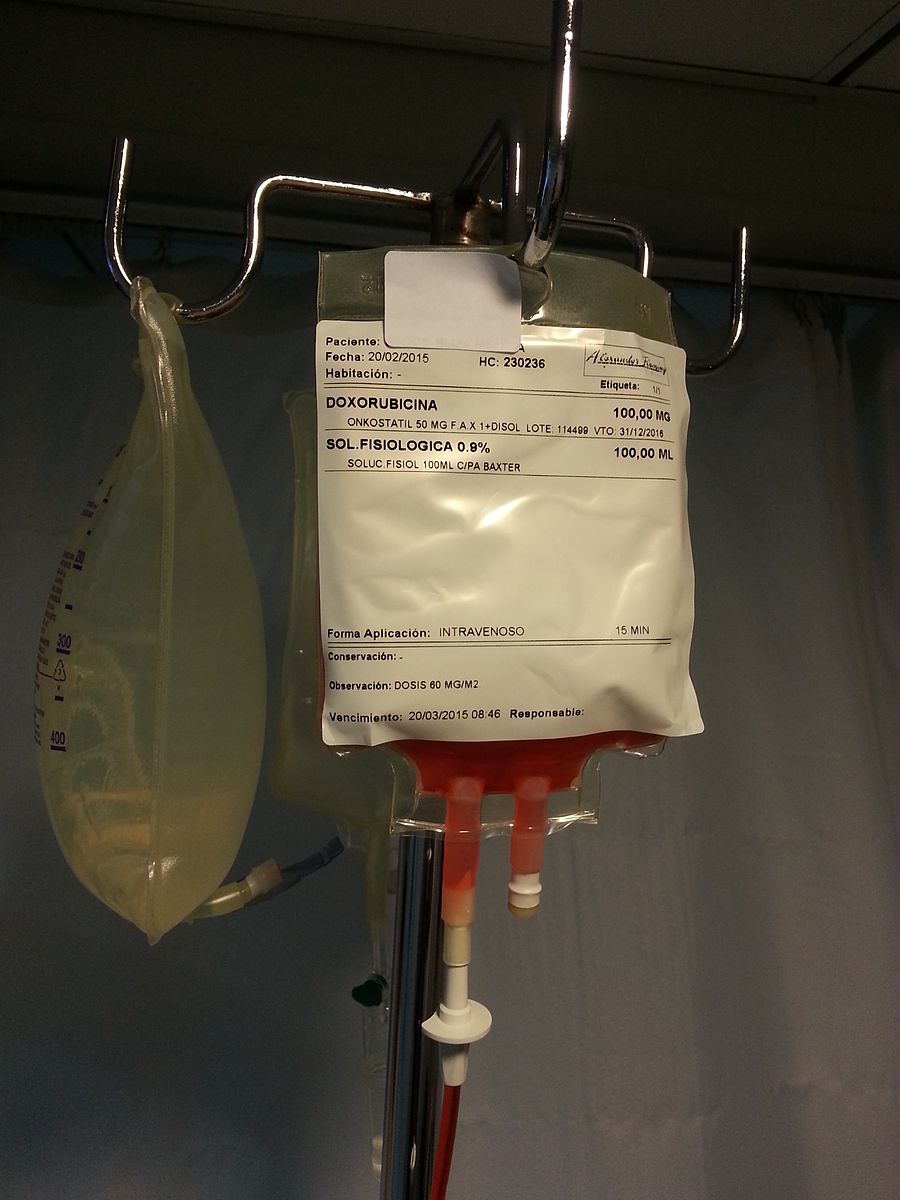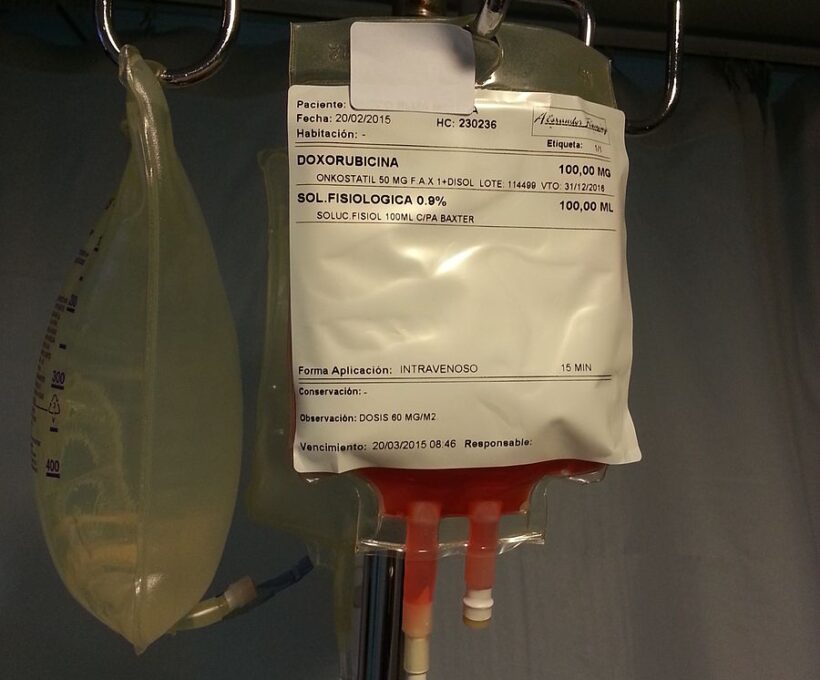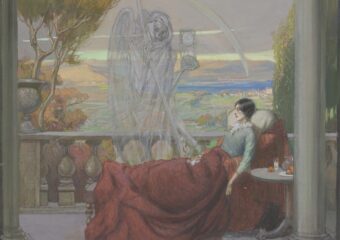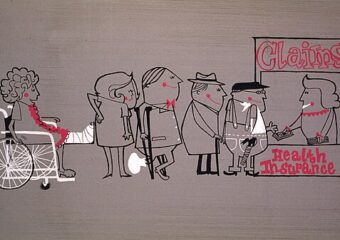Based from:
Maps of Our Spectacular Bodies
Maddie Mortimer
London
Picador
2011
433 pages
Background
We learn early in Maddie Mortimer’s novel, Maps of Our Spectacular Bodies, that Lia’s breast cancer has recurred, and has metastasized. She is not long into middle age, with a daughter who is entering her teenage years and a husband she adores. This is a tragedy in the making and it ends as one.
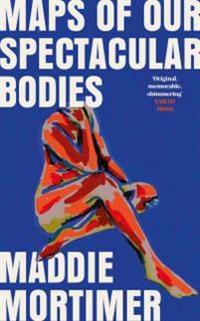
Making the tragedy more pronounced is the fullness Mortimer gives the major characters across three generations and their stories. The foundational element to these stories is the English vicarage of Lia’s upbringing, and where all the various storylines either originate from or pass through. These storylines are common enough, and by themselves situate the novel among many others telling a sad story of someone dying too young from cancer. The novel, however, is distinguished from others in its forms and in its narrations.
The novel comprises a hybrid of conventional prose, prose poetry, poetry, and graphical elements. This approach invites scrutiny over the value any or all of these forms in combination provide. I’ll leave that to literary scholars and concentrate on what the narration forms offer to understanding how doxorubicin affects people who receive it.
The narration comes from two places, one is outside Lia’s body and the other is inside Lia’s body. From outside Lia’s body the narration is a traditional third-person voice. From inside Lia’s body the narration comes from her cancer. Is this narrator a cancer cell, the lead cell or prime mover cell in particular? Or, is it some spirit of the cancer cells that speak for all the cancer cells? It’s hard for me to tell, but whatever form of the cancer it represents, it functions as a first-person narrator.
Doxorubicin as Cancer Observes in situ
The book opens with cancer narrator introducing itself as “I,” and tells its origin story and history with Lia.
I, itch of ink, think of thing, plucked open at her start; no bigger than a capillary, no wiser than a cantaloupe, and quite optimistic about what my life would come to look like…I have sampled, splintered, leaked and chewed through tissue, nook, bone, crease and node so much, so well, so tough, now, that the place feels like my own.
p. 3
I also establishes, more or less, the beginning of the story at when Lia’s cancer has returned. “Oooooohhh how I do love these beginnings before the pen is sharpened, the cannons are lit, the pistols are fired. Before the search begins.” (p. 28)
Additional cells or spirits are involved and some are named. I introduces them as: Yellow, Dove, The Gardener, Fossil, and Velvet and Vera. They function as narrators, observers, reporters, Greek chorus members, instigators, and lethal saboteurs.
Lia is treated with doxorubicin, along with other chemotherapeutic agents. Doxorubicin is an effective drug for certain cancers, but is also highly toxic. The inside narrations provide descriptions of doxorubicin effects that offer different ways of explaining how the drug works and the problems it causes. Below, I excerpt biomedical text descriptions of doxorubicin effects and juxtapose them with literary descriptions (metaphors and fictional analogs) from both narrations.
Color me red
Biomedical:
(1) DiPiro’s Pharmacotherapy 12th edition; (2) p. 38
The anthracyclines include doxorubicin. These agents share a common, four-membered anthracene ring complex with an attached aglycone or sugar portion. The ring complex is a chromophore and accounts for the intense colors of these derivatives. Doxorubicin also causes a red discoloration of the urine. (1)
Literary (inside narration):
He’s coming.
The little devil, unlikely hero.
singing, staining his way
through the peripheral vein,
all strange and red and
perfectly cooked for destruction. (2)
Tortuous journeys
Biomedical:
(1) Goodman & Gilman 13th ed; (2) p. 41; (3) p. 83; (4) pp. 73-74
It is a valuable component of various regimens of chemotherapy for adjuvant and metastatic carcinoma of the breast. (1)
Literary (inside narration):
Red is travelling as boys often do:
on a bike.
Not quite the noble steed, but a great mustard beast of a bike, which blazes its own spun hymn of chain against metal, and will no doubt serve devilish Red as well as Gringolet served Gawain, or Arion served Adrastus, or Marengo served Napoleon.
The three of us have a history. Double-cream truffle-rich history. And it must be said that despite Red’s tortuous methods, he has had many success stories.
They line the shelves of his lightless Red Home as perfect
small trophies,
moulded from the different skins he has saved.
He doesn’t much like to think of those who got away,
slipped the net, fell through the cracks
and into my lap.
They are mine, mine, mine. (2)
Red is huffing and puffing, stripping cells with his songs the way hurricanes blast
windows off hinges.
The way wolves could once blow houses down. (3)
We should move on. Our little pharmakon friend will be here soon, to burn the place down. Dry it all out. Spew his healing poison. (4)
Prickly days
Biomedical:
(1) DiPiro’s Pharmacotherapy, 12thed.; (2) p. 79
Palmar–plantar erythrodysesthesia (PPE) occurs with pegylated liposomal doxorubicin. (1)
Literary (outside narration):
The days were getting pricklier and Lia could not go on her usual early morning runs down by the river any more. There is nothing you can do with uselessness, nowhere you can put it down, you just have to carry it around all ugly and obvious. (2)
Not for the faint of heart
Biomedical:
(1) Goodman & Gilman 13th ed; (2) pp. 41-42
Cardiomyopathy is the most important long-term toxicity and may take two forms: 1) An acute form, characterized by abnormal electrocardiographic changes, including ST- and T-wave alterations and arrhythmias; 2) Chronic, cumulative, dose-related toxicity progressing to congestive heart failure. (1)
Literary (inside narration):
Despite being deeply hidden in my deeply secret spot, I can still hear his ridiculous
triumphal entry into the heart, still beating a steady welcome, can still feel the chorus
spreading their cloaks
Down the red road as the beast burns through,
all Mah-May-Me-Mo-Moooos,
all yodels, yells, riffs and licks.
Think of the friction-clatter of sticks, rubbing
into early fire, and then
imagine you are
petrol. (2)
And all the rest
Biomedical:
(1) Goodman & Gilman 13th ed; (2) (p. 140); (3) (p. 175); (4) p. 218; (5) p. 214; (6) p. 310
Toxicities of doxorubicin are similar to those of daunorubicin. Myelosuppression is a major dose-limiting complication, with maximal leukopenia usually occurring during the second week of therapy and recovering by the fourth week; thrombocytopenia and anemia follow a similar pattern but usually are less pronounced. Stomatitis, mucositis, diarrhea, and alopecia are common but reversible. Erythematous streaking near the site of infusion (“flare”) is a benign local allergic reaction and should not be confused with extravasation. Facial flushing, conjunctivitis, and lacrimation may occur rarely. The drug may produce severe local toxicity in irradiated tissues (e.g., the skin, heart, lung, esophagus, and GI mucosa) even when the two therapies are not administered concomitantly. (1)
Literary (outside narration):
Lia is weak. That chemotherapy smell had begun to cling. It wasn’t strong or particularly pungent – just very other, very unlike Lia’s natural scent; with its little burning plastic notes, stain of vomit ploughing her usual doughy breath, that strange iridescence imprisoned in her cheeks. (2)
Lia went to open her mouth again, but her lips were sealed shut. She tried harder, licked her lips. The top took a layer off the bottom, the taste of open wounds and dry skin and blood, simmering on her tongue. (3)
Her sickliness, her discoloured skin sweating that cold chemo stench, the uncomfortably thin hair, the sores around her mouth. Perhaps it went deeper than her appearance. Perhaps they [two observing teenagers] could sense that internal imbalance, as if wrongness in a body let off a certain frequency only the young could decipher. (4)
Literary (inside narration):
Red’s snout is all pink and sore from searching and
Dove looks weary, weak, from all their terrible time together. (5)
I sift through the wreckage within her. It’s like a whole species has been wiped out.
Nothing left but splinters. Old hard edges and impressions. (6)
Conclusion
Complex biomedical concepts are often described with turgid scientific terms, jargon, and idioms, which truncate how well they are comprehended. Using metaphors and fictional analogs can turn these concepts into more easily understood forms. In this novel, Mortimer provides both metaphors and fictional analogs that help explain how doxorubicin works in cancer treatment.
Biomedical sources:
DiPiro JT, Yee GC, Michael Posey LL, Haines ST, Nolin TD, Ellingrod VL. eds. DiPiro: Pharmacotherapy A Pathophysiologic Approach, 12e. McGraw Hill; 2021.
Brunton LL, Hilal-Dandan R, Knollmann BC. eds. Goodman & Gilman’s: The Pharmacological Basis of Therapeutics, 13e. McGraw Hill; 2017.
